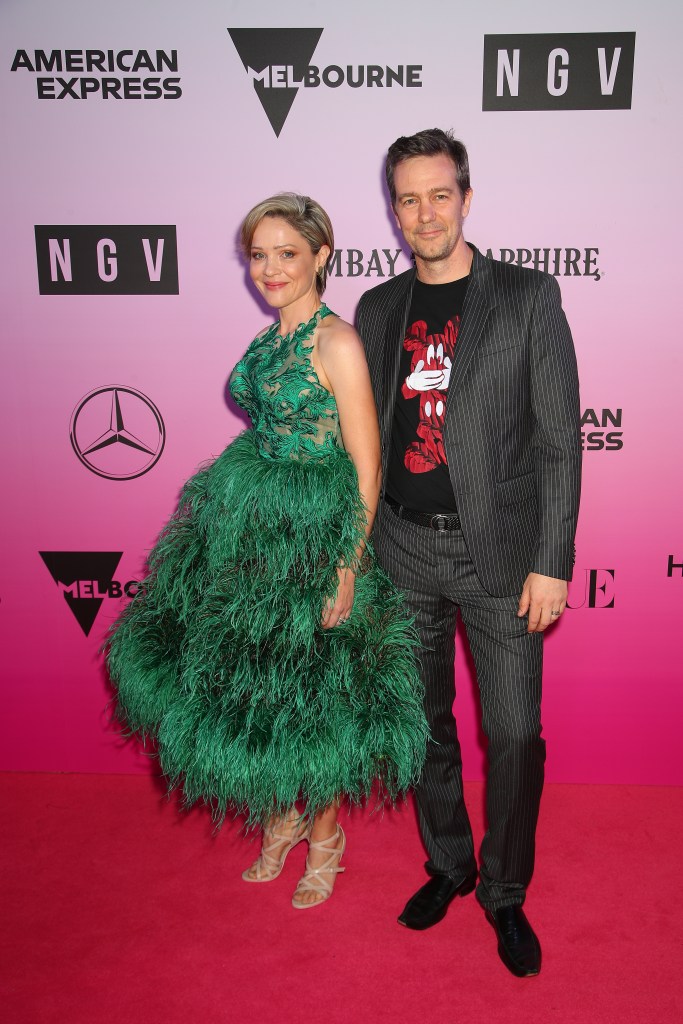One of the world’s primary players in the employee experience space with more than 6000 customers.
Key Takeaways
- Employee feedback software
- Valued at $2 billion after raising $135 million in 2021
- Founded 2009
- Founders Didier Elzinga, Doug English, Jon Williams, Rod Hamilton
- Capital raised being used to fund faster growth, product development in Australia and expansion into Europe via a Berlin office
- Fills a need for real time feedback from employees for companies to build the culture they want

Didier Elzinga was a software guy who, by the age of 26, had risen to be CEO of a company doing special effects for movies. Think Harry Potter and the Goblet of Fire. His people did the goblet.
“I felt like I wanted to make more of a difference to the world than just running a service business for Hollywood,” Elzinga says. “The more I thought about what type of company I wanted to start, the more I came back to people and culture. I used to joke that as a CEO you’re a glorified psychologist. So much of it comes down to people and culture, which research shows are the biggest levers for a company to be successful. And, for better or worse, work is the way we create identity in our lives.
“So how do I use software to help people scale culture?”
Elzinga left the movie business, moved to Melbourne and took a desk in a coworking space where he met two guys, Doug English and John Williams, who were also building a startup. After six months sitting next to each other, Elzinga asked them to join him at this thing he’d already named Culture Amp. They suggested also bringing in a guy they knew, Rod Hamilton. “I went from 100% to 25%, but it was the best decision I’ve made,” says Elzinga.
“So the four of us built it. We started life in the performance review space but couldn’t get the traction we wanted and pivoted to this concept of organisational feedback.” The central question became: How do organisations find out the experience their employees were having, then make better decisions based on the data gathered.
“There were plenty of people out there writing engagement surveys, but it was all big companies working with large companies. Consultants would run this big thing and it would take months and they’d produce all these reports and months later somebody would see a PowerPoint presentation,” Elzinga says.
“What we did was we brought all of that in. You run the survey and the moment the survey’s closed, the data’s available to you. We do all the same analytics, but we do it in real time.”
“Since then, we’ve become one of the world’s primary players in the employee experience space with more than 6000 customers. We’ve raised $250 million. We now have 900 people around the world. Product engineering is almost entirely in Australia. But we have a big presence in the US – New York and San Francisco. We have offices in London, and we’ve just opened in Berlin.”